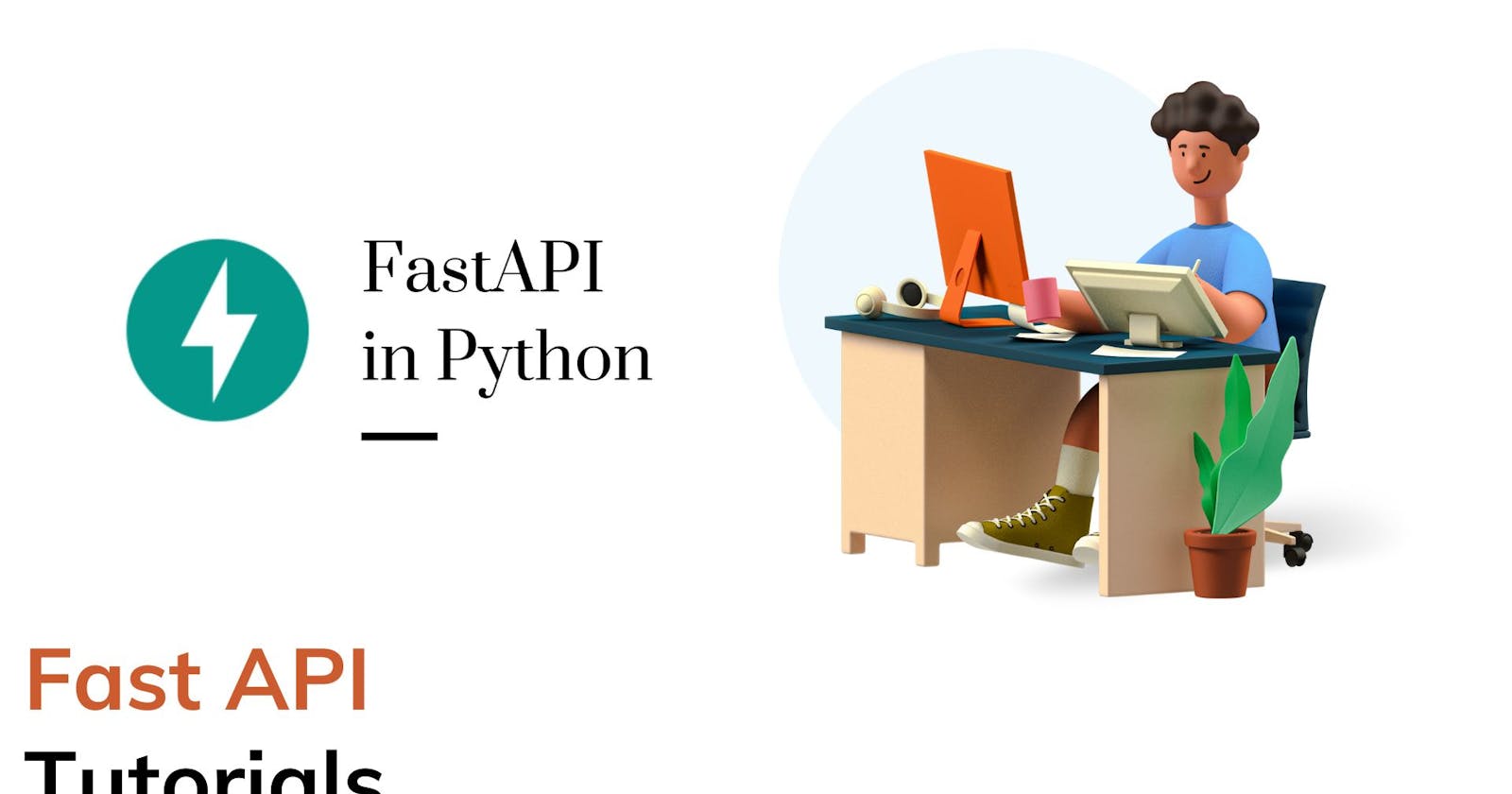Introduction
FastAPI has gained popularity for its high-performance API development capabilities in Python. When it comes to maintaining APIs, versioning is a crucial aspect to ensure backward compatibility and accommodate changes seamlessly. Fortunately, FastAPI provides various approaches to implement API versioning, offering flexibility and control to developers. Let's explore the different ways you can manage API versions effectively within FastAPI.
1. URI Versioning:
One of the most straightforward methods for API versioning is to include the version number in the URI. For example:
@app.get("/v1/items/")
async def get_items_v1():
# Your code for v1 of the endpoint
@app.get("/v2/items/")
async def get_items_v2():
# Your code for v2 of the endpoint
This method allows clear differentiation between different versions but may clutter the URI and require maintaining multiple endpoints.
2. Query Parameter Versioning:
Another approach is to include the version as a query parameter:
@app.get("/items/")
async def get_items(version: int = 1):
if version == 1:
# Your code for v1 of the endpoint
elif version == 2:
# Your code for v2 of the endpoint
This approach keeps the URI clean but requires handling the versioning logic within the endpoint function.
3. Header Versioning:
Using custom headers to specify the API version is another clean method:
from fastapi import Header
@app.get("/items/")
async def get_items(version: int = Header(...)):
if version == 1:
# Your code for v1 of the endpoint
elif version == 2:
# Your code for v2 of the endpoint
This method keeps the URI clean and allows versioning without cluttering the endpoint logic.
4. Path-based Versioning using URL Prefix:
You can also use URL prefixes to specify versions:
app_v1 = FastAPI()
@app_v1.get("/items/")
async def get_items():
# Your code for v1 of the endpoint
app_v2 = FastAPI()
@app_v2.get("/items/")
async def get_items():
# Your code for v2 of the endpoint
This approach keeps different versions separated within different FastAPI instances.
5. Subdomain Versioning:
In this method, versions are differentiated by subdomains:
@app.get("/items/", subdomain="v1")
async def get_items_v1():
# Your code for v1 of the endpoint
@app.get("/items/", subdomain="v2")
async def get_items_v2():
# Your code for v2 of the endpoint
This strategy is useful for clear differentiation but requires appropriate server configuration.
6. Content Negotiation:
Content negotiation involves specifying the API version within the Accept header of the HTTP request. FastAPI allows for easy content negotiation:
@app.get("/items/")
async def get_items(version: str = Header(None)):
if version == "application/vnd.company.v1+json":
# Your code for v1 of the endpoint
elif version == "application/vnd.company.v2+json":
# Your code for v2 of the endpoint
This method provides flexibility but might be less intuitive for some users.
7. Using a Middleware:
Creating a custom middleware to handle API versioning across endpoints is another approach. The middleware can inspect requests and route them to appropriate versions based on specified rules.
Conclusion:
When choosing an API versioning strategy in FastAPI, consider factors such as clarity, simplicity, backward compatibility, and ease of maintenance. Additionally, document the versioning strategy used and communicate it clearly to API consumers.
Remember, there is no one-size-fits-all approach, and the best strategy depends on the specific requirements and preferences of your API and its consumers. FastAPI's flexibility allows for implementing various versioning strategies based on your project's needs.
I hope this helps, you!!
More such articles:
https://www.youtube.com/@maheshwarligade
\==========================**=========================
If this article adds any value to you then please clap and comment.
Let’s connect on Stackoverflow, LinkedIn, & Twitter.

